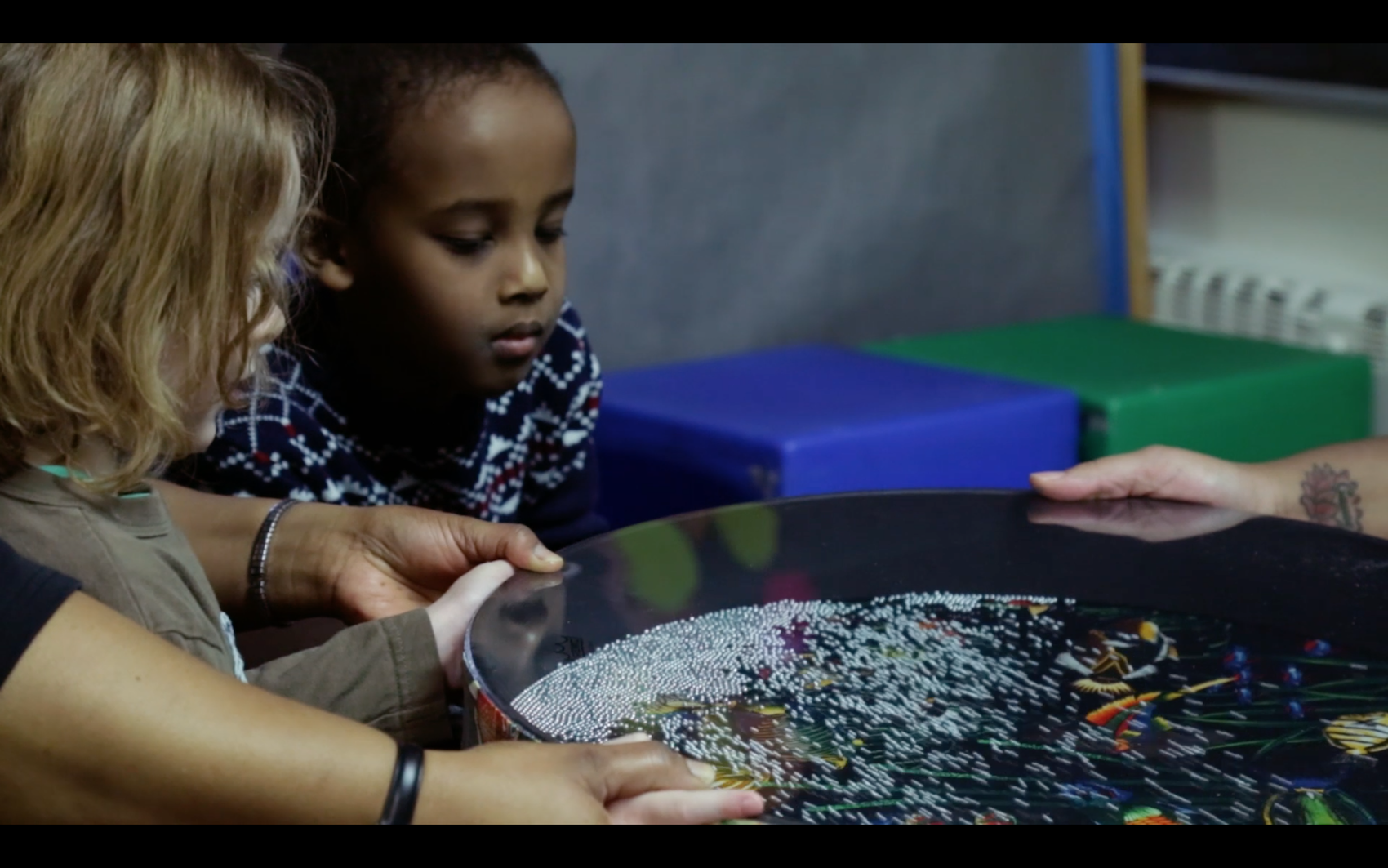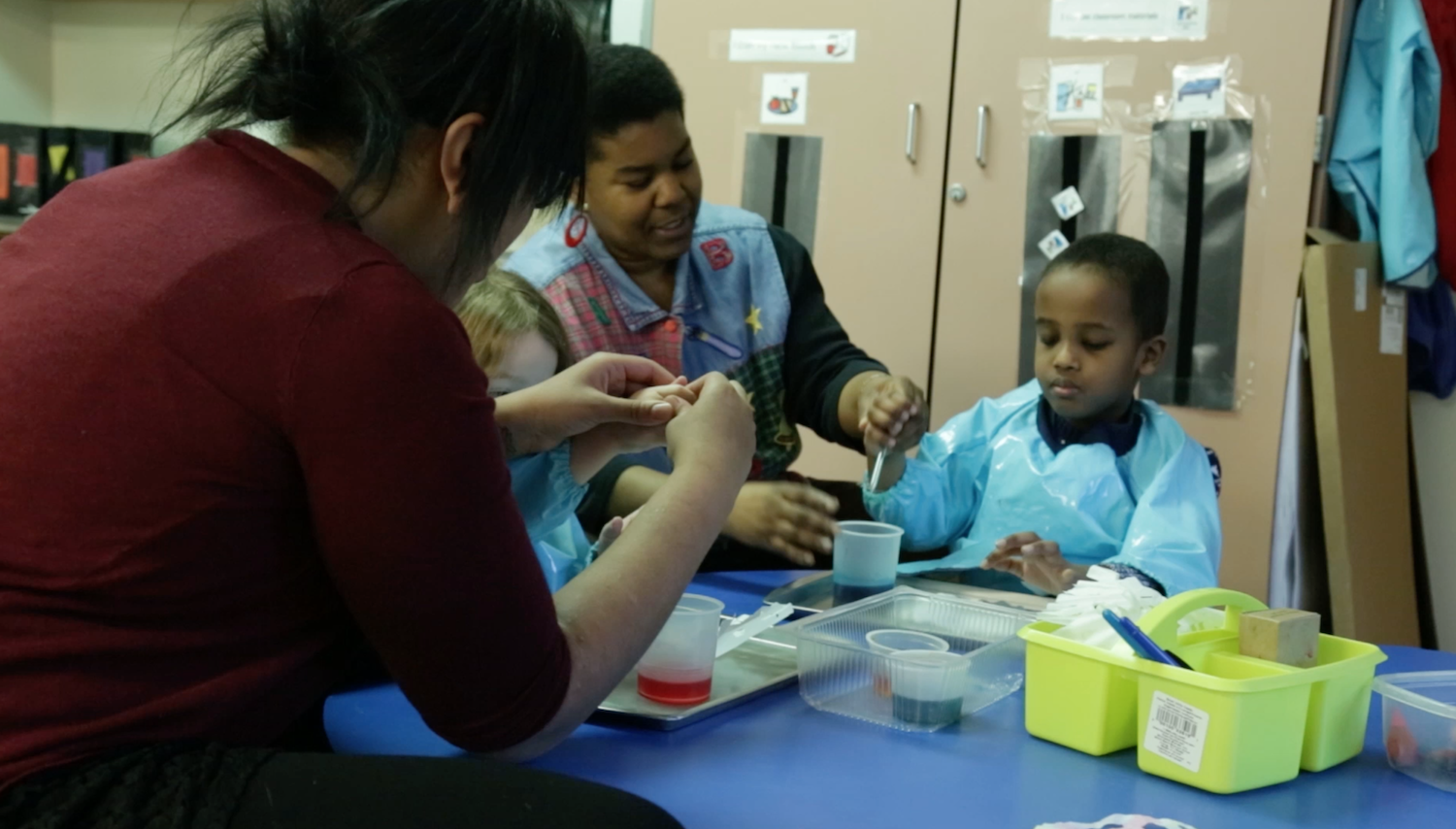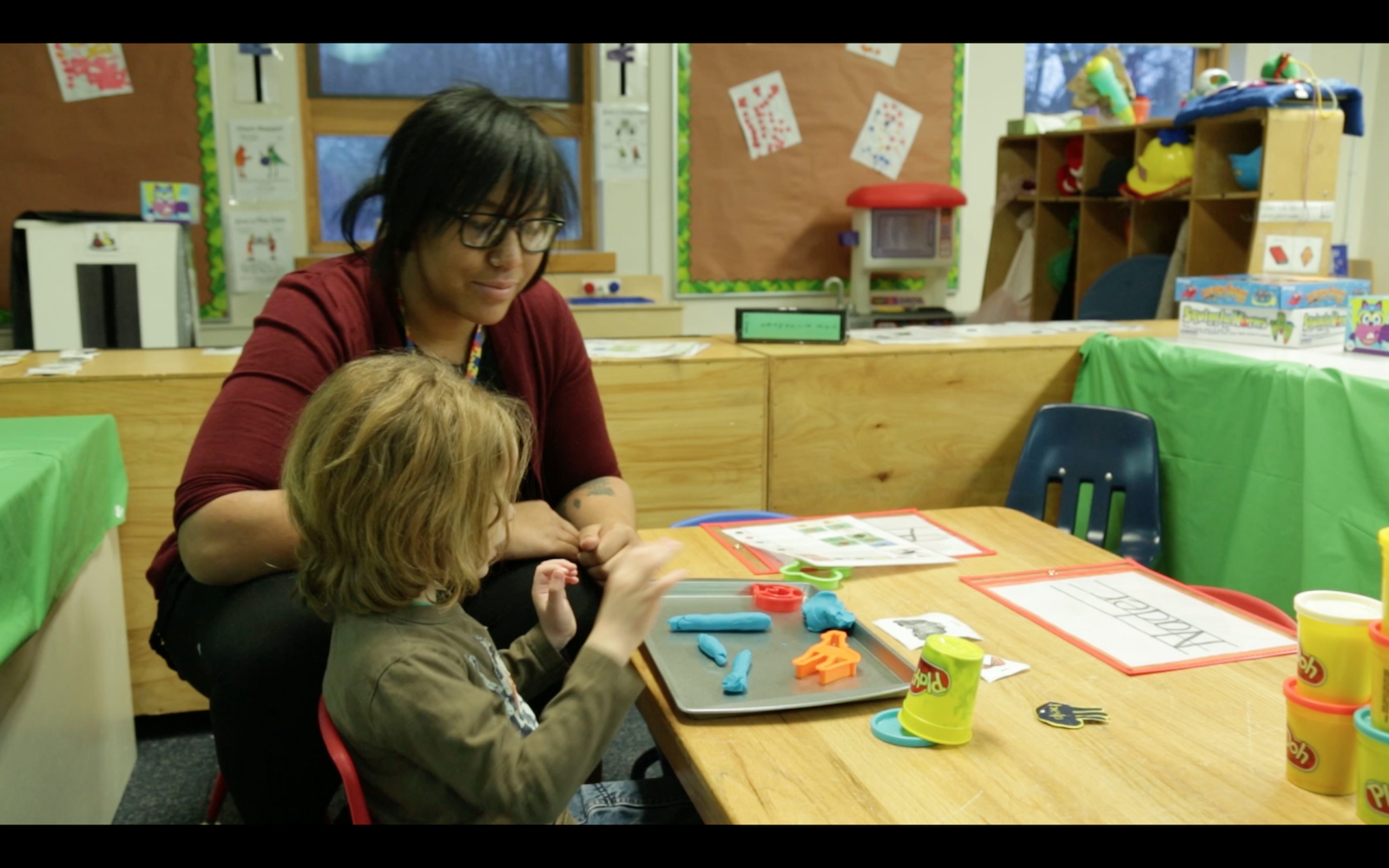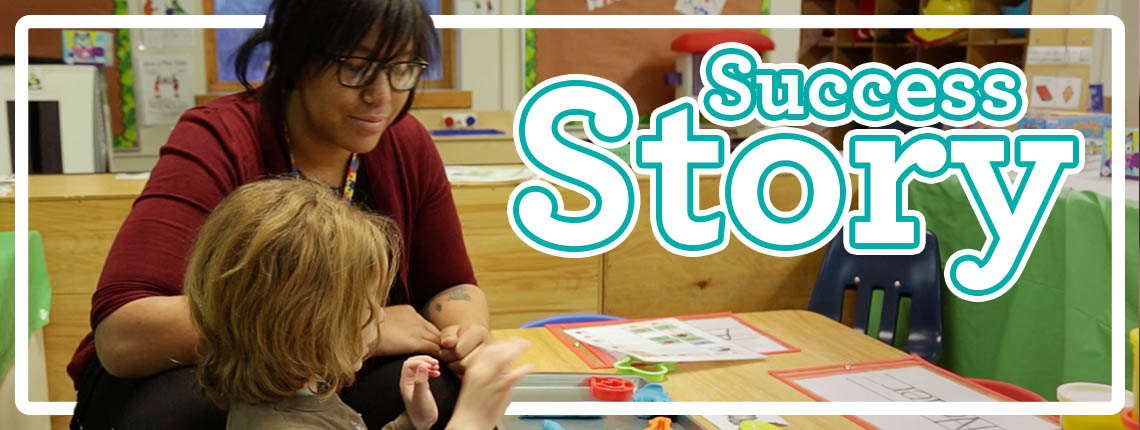Korto Dixon is an early childhood special education teacher for an autism classroom in Minneapolis, MN. She knew she wanted to teach students with autism while she was still in elementary school.
Today, Ms. Dixon teaches in the same school district where she grew up.
“I’ve just always been a really firm believer that people are people regardless of differences,” she shared. “Every person has the capacity to learn and to grow and to shine.”
Creating a Special Education Classroom Where Students Can Succeed
Ms. Dixon helps her students shine by providing a classroom environment where they feel safe. “How do I want kids to feel when they come in the classroom? Definitely comfort first,” she said without hesitation.
 She creates this environment through routine and consistency, but also with the use of many specialized tools that she makes, and funds, on her own. “Every child learns differently. And with that we need to modify and adapt really everything we use throughout the day,” she explained.
She creates this environment through routine and consistency, but also with the use of many specialized tools that she makes, and funds, on her own. “Every child learns differently. And with that we need to modify and adapt really everything we use throughout the day,” she explained.
Since most of her autism students aren’t verbal, Ms. Dixon also ensures that her classroom environment provides them with a voice, “If you look around the classroom there are tons of supports to help the kiddos communicate how they’re feeling, what they need, what they like, what they don’t like.”
Outfitting a Brand New Classroom
This was Ms. Dixon’s first year in early education, meaning she started almost completely from scratch. “Last year, I taught K-5 special education autism and I would say that I probably spent out-of-pocket maybe $400 or $500. I’ve probably spent that already this year in early childhood,” she shared in January.
 She did receive some supplies and a $200 budget from the school, but as she explained, “There is such an emphasis on engagement and differentiation within early childhood intervention.” This means that the standard supplies and curriculum provided don’t always match her students’ abilities.
She did receive some supplies and a $200 budget from the school, but as she explained, “There is such an emphasis on engagement and differentiation within early childhood intervention.” This means that the standard supplies and curriculum provided don’t always match her students’ abilities.
She used books provided by the school as an example: “They’re great books, they’re perfect for the students. But I still had to adapt them. So I had to revise these books, add a bunch of velcro pieces and visual supports and PECS [Picture Exchange Communication System]. So I would say I probably spent at least $100 just on adapting books so far this year.”
AdoptAClassroom.org’s Inclusive Classroom Fund Made a Difference
Ms. Dixon received a grant from AdoptAClassroom.org’s Inclusive Classroom Fund to help outfit her classroom. “It was so helpful to have AdoptAClassroom.org right away, this first year especially. Because now I can make these things that I won’t have to next year, because I have them.”
 She used the funds to buy painting smocks, laminate sheets (she laminates almost everything her students touch), games, sensory items, and musical instruments. “Any funding that we’ve received has been used to help keep [the students] engaged and provide sensory strategies and calming strategies,” said Ms. Dixon.
She used the funds to buy painting smocks, laminate sheets (she laminates almost everything her students touch), games, sensory items, and musical instruments. “Any funding that we’ve received has been used to help keep [the students] engaged and provide sensory strategies and calming strategies,” said Ms. Dixon.
What if she couldn’t bring these extra supplies into her classroom? “I don’t know what we would do!” she exclaimed. “I think it would be a lot harder to provide students with that individualized learning that they need.”
Join the Fish Foundation to support a Special Education classroom like Ms. Dixon’s. Donate here.
